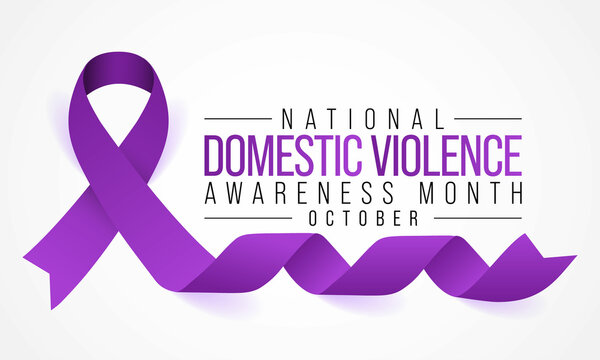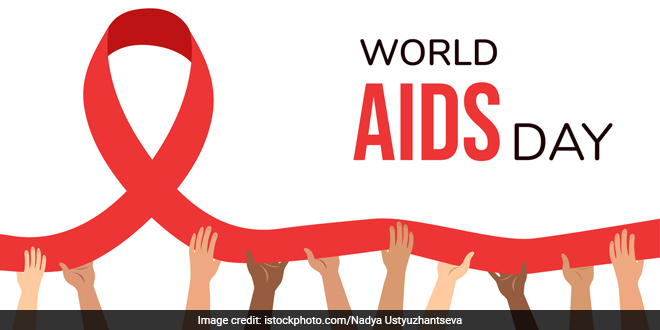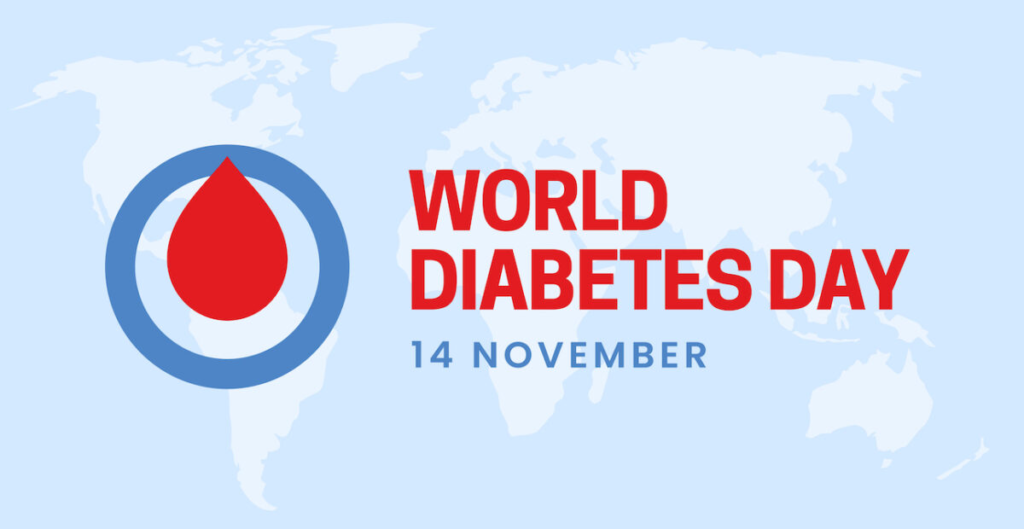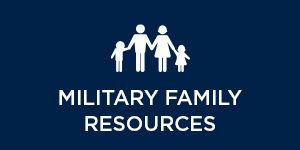The Evolution of the Awareness Month
The month of October is observed as Domestic Violence Awareness Month. It has its origins in the Day of Unity that was held in October 1981 by the Coalition Against Domestic Violence. The day evolved into a week and later into a month, six years later in 1987. In 1987, a law came into effect in the United States of America, making October officially the National Domestic Violence Awareness Month (DVAM). The purpose of the nationwide event is to connect and unite individuals and organizations working on domestic violence issues while raising awareness about those issues. Much progress has been made since its inception more than three decades, when it comes to supporting domestic violence victims and survivors, to hold abusers accountable, and to create and update legislation to further those goals.
What is Domestic Violence?
Abuse of a partner in a marriage or relationship at home is what is meant by domestic violence. The abuse can be mental, physical or emotional. Emotional abuse can begin with subtle acts and manifests as verbal threats, humiliating remarks, and controlling behavior is the most common form of abuse.
Conflicts in relationships sometimes lead to intimate partner violence, especially among young couples. Some couples deal with conflict by becoming aggressive, controlling and mean. Aggression makes otherwise seemingly happy couples yell at each other, become possessive or critical. It can even escalate to more damaging behavior resulting in physical injury, even homicide. Abuse gradually develops into severe violence after couples are marriage or in long-term relationships that are difficult to change. Martial rape is also common in many parts of the world.
Coercion and control include possessiveness, jealousy, suspicion, retaliation and general distrust. Statistics show that 90% of the perpetrators of this kind of domestic violence are men. Instances like a married man preventing his wife from seeing her friends or family and making her feel guilty if she defies him. Other forms of abuse include emotionally blackmailing the partner to get things done from her or him.
Situational couple violence is triggered by disagreements that snowball into physical actions such as slapping. This pattern is mutual, and perpetrated equally by men and women. Although this type of violence is generally less severe than intimate terrorism, it still can devastate a marriage, lead to criminal charges and injuries, and have long-term negative effects on children.
The Domestic Violence Scene
Studies show that women between the ages of 18 and 24 are most commonly abused by an intimate partner. A weapon is involved in 19% of domestic violence cases. Domestic victimization is correlated with a higher rate of depression and suicidal behavior. Sadly, only 34% of people who are injured by their intimate partners receive medical attention. Stigma prevents many from reporting the crime too. Domestic violence is very common in American families where in 20% of marriages and intimate relationships couples are found to slap, shove, hit, or assault each other. Alarmingly, a woman in the U.S. is beaten or assaulted by a current or ex-significant other every 9 seconds.
All these show that home is hardly a comforting place for millions of people. Nearly 1.3 million women and 8,35,000 men are victims of physical violence by a partner every year according to the US Department of Justice. Also, 1 in 4 men are victims of some form of physical violence by an intimate partner. Statistics show that the coming of the COVID-19 pandemic has worsened the domestic violence as lockdowns forced partners to stay together at home more.
How to Stem the Rot?
If you know that someone you care about is in a violent relationship, do lend your support to the person and stand by him or her regardless of whether the person chooses to stay or leave the abusive partner. Many women stay in violent relationships for reasons ranging from financial dependence, stigma of singlehood, children are too young to take care of themselves, etc. The biggest problem that abused women face is the lack of someone understanding to talk to. The violence goes unreported and unheard. This is an area where counseling, especially through discreet and confidential mobile platforms becomes crucial. The counselor or therapist can hear the woman out and ask leading questions about the nature of the abuse. She can disclose details of the injuries and emotional hurt without being judged or ridiculed. The suffering victims of domestic violence can also find out about volunteers and other resources in the immediate community. It is sometimes ok to approach counselling with a close friend or kind accompanying you. If the violence is beyond manageable levels and the partner needs serious correctional programs, leaving him or her is a necessity. Again, the support and care of friends, family members and holistic health professionals will set things right in families suffering from domestic violence.
Government Support
The US government proposed a grant of $1 billion for programs administered by the Department of Justice’s Office on Violence Against Women, and more than doubled investments through the Family Violence Prevention and Services Act in the Fiscal Budget of 2022. The White House Gender Policy Council is working to develop the nation’s first ever National Action Plan to End Gender-Based Violence and the Council is collaborating with the Department of State and other Federal agencies to update and strengthen its Strategy to Prevent and Respond to Gender-Based Violence Globally. The Biden administration is also working to prevent and improve the response to intimate partner violence in the US military and pushing to strengthen Violence Against Women Act (VAWA).




